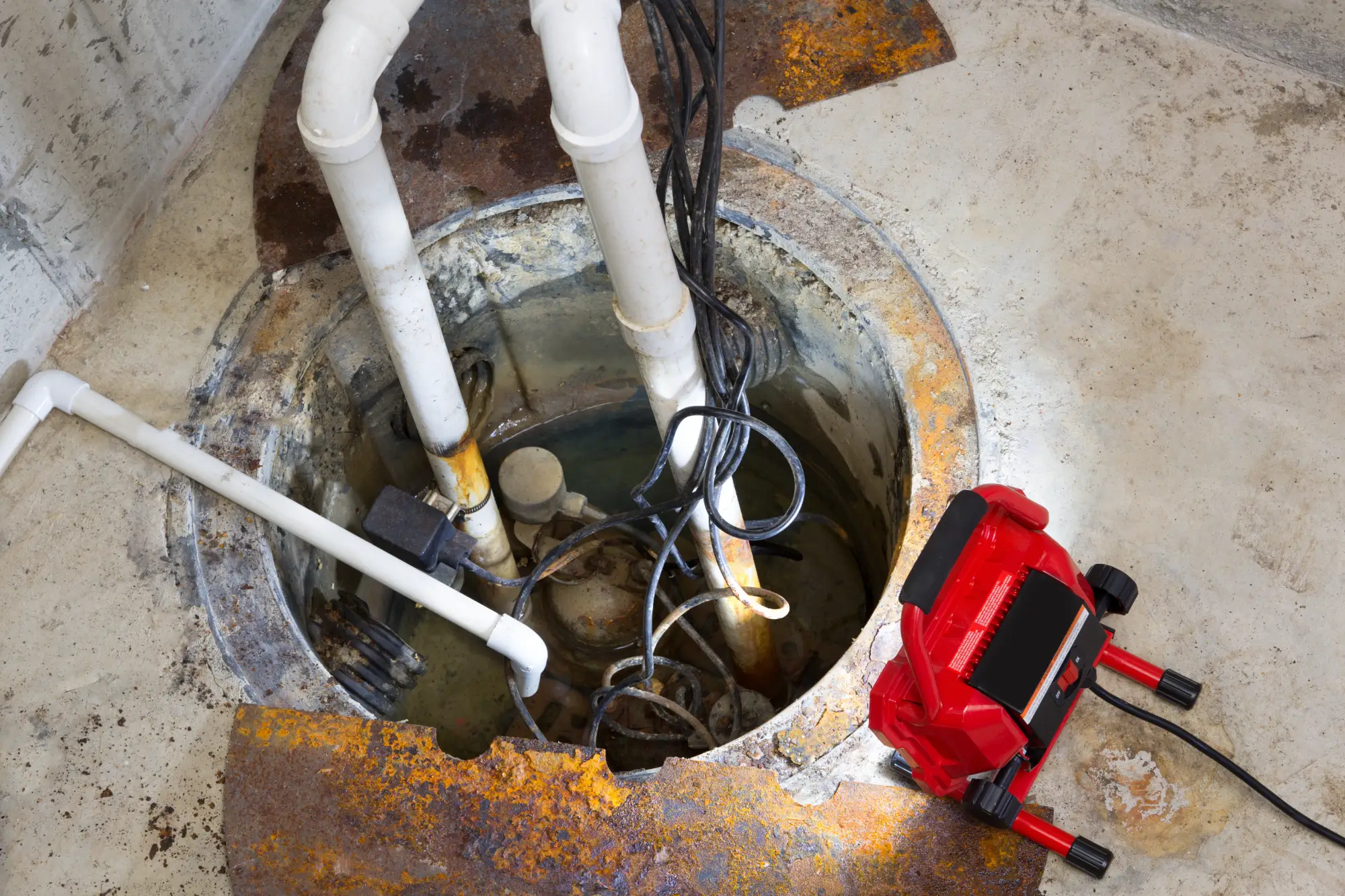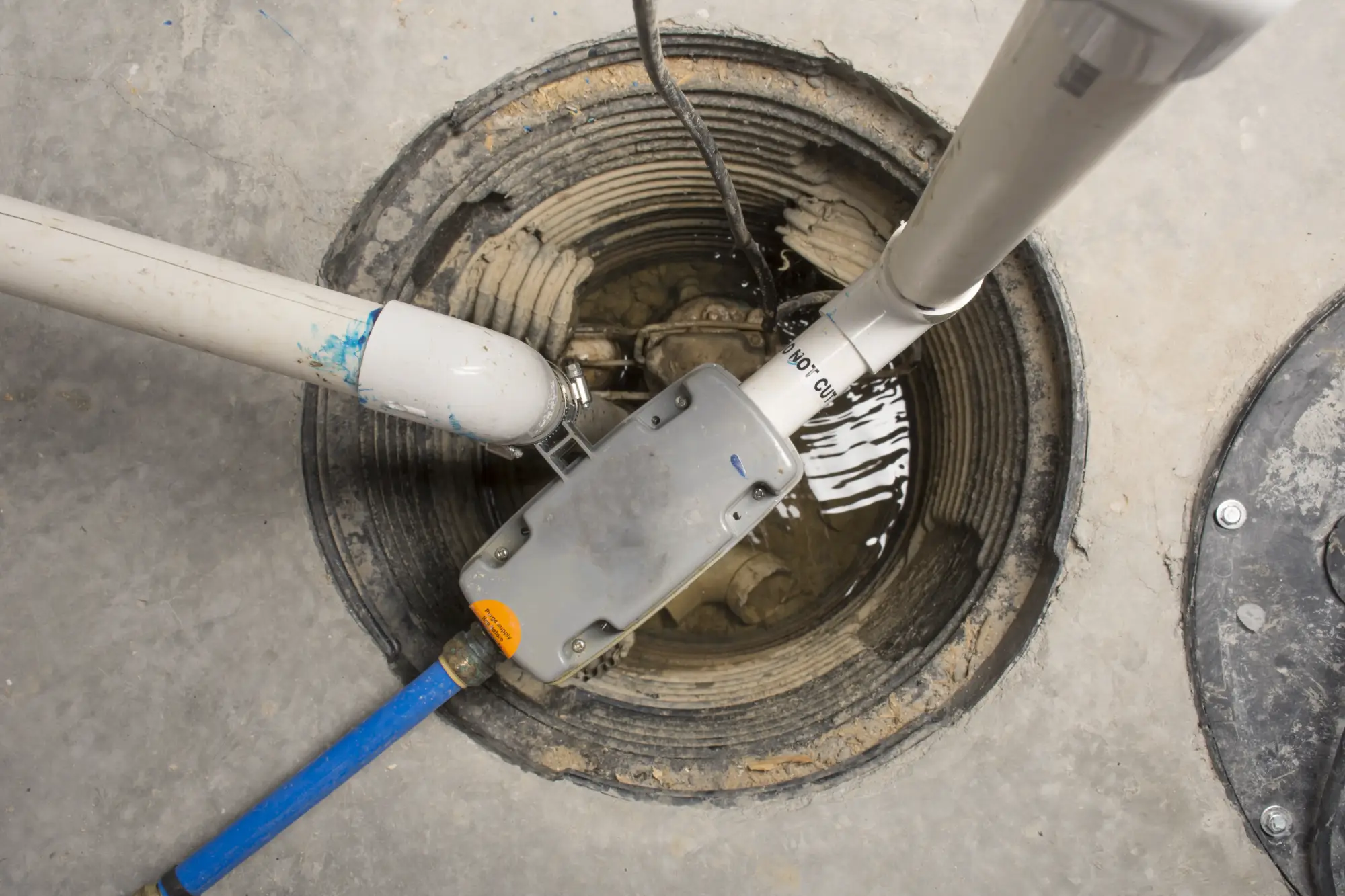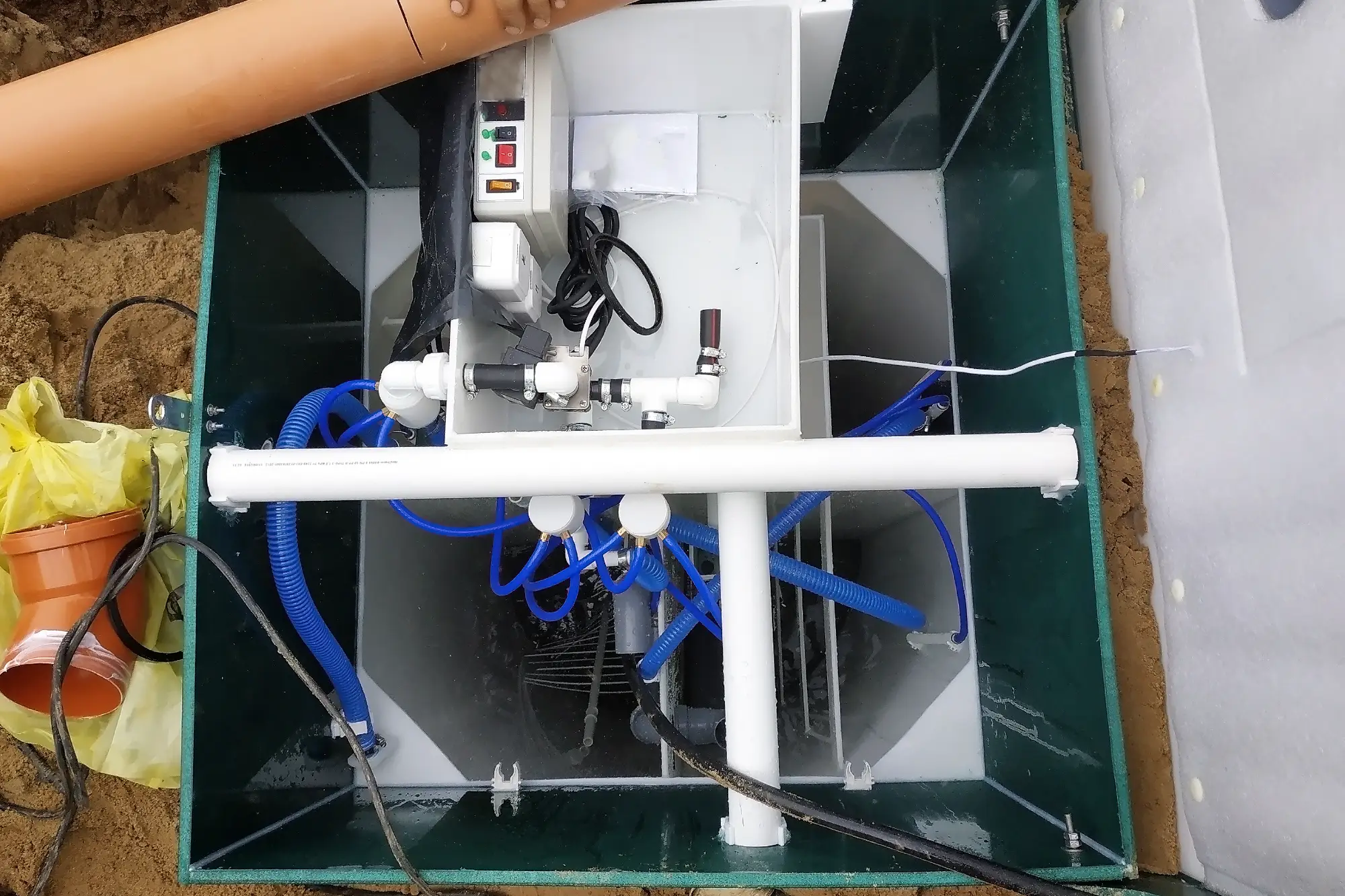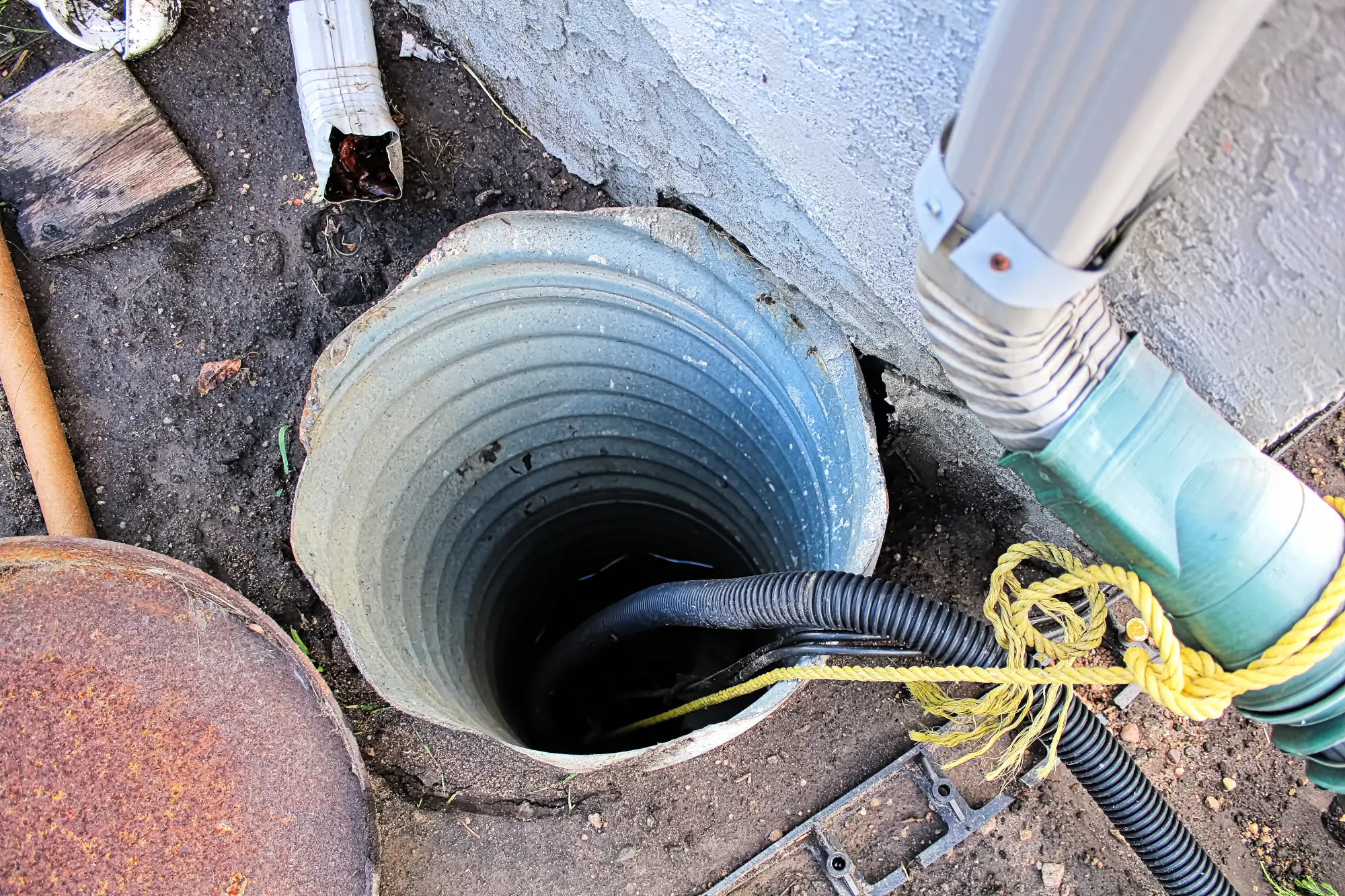Sump Pump Installation in Lindenhurst, NY
Stop Basement Flooding Before It Starts
Professional sump pump installation that keeps your basement dry when Long Island storms hit hardest.

Hear About Us

Basement Protection Lindenhurst NY
You won’t worry about rushing home during storms anymore. Your basement sump pump system automatically removes water before it becomes a problem, protecting everything you store downstairs.
No more musty smells creeping upstairs. No more moving boxes to higher ground every time rain’s in the forecast. Your finished basement stays usable, and your foundation stays protected.
The right basement sump pump installation means you can actually use your basement space without constantly checking the weather. Your home value stays protected, and you get real peace of mind knowing the system works even when you’re not there.
Sump Pump Installers Lindenhurst
Diamond Masonry & Waterproofing LLC has been handling basement water issues across Long Island for years. We understand how Lindenhurst’s soil conditions and water table affect your basement.
We’re not the guys who show up, install whatever’s cheapest, and leave. We take time to assess your specific situation because every basement is different. Your water entry points, drainage patterns, and pump requirements get individual attention.
You’re working with licensed professionals who live and work in this area. We’ve seen what works in Lindenhurst basements and what doesn’t, so you get a system that actually handles our local conditions.

Sump Pump Installation Process
First, we assess your basement’s layout and identify where water typically enters. We check your current drainage situation and determine the best location for your sump pit and pump system.
Next, we excavate the sump pit to proper depth and install the basin with appropriate drainage connections. Your basement sump pump gets positioned and connected to discharge lines that route water safely away from your foundation.
We test the entire system multiple times before we leave. You’ll see exactly how it works, including the float switch activation and discharge flow. We also explain basic maintenance so you know what to watch for, though these systems typically run for years without issues.

Ready to get started?
Explore More Services
About Diamond Masonry & Waterproofing
Get a Free Consultation
Custom Sump Pump Solutions
Your basement sump pump system includes high-quality pumps sized for your specific needs, not whatever we have on the truck. We install proper discharge piping that won’t freeze in winter or back up during heavy use.
Every installation includes a professionally excavated sump pit with appropriate drainage connections. You get reliable float switches that activate when needed and shut off when the job’s done. We use pumps that can handle Long Island’s demanding conditions.
We also discuss backup power options if your area loses electricity during storms. Some customers add battery backup systems or water-powered backup pumps for extra protection. These aren’t always necessary, but they’re worth considering if you’ve had power outages during major storms.

How do I know if I need a sump pump in my Lindenhurst basement?
What type of sump pump works best for Long Island conditions?
How long does sump pump installation take in a typical basement?
Will a sump pump system work during power outages?
How often do sump pumps need maintenance or replacement?
What happens to the water after the sump pump removes it?
Local Resources
- Google Map Link
- Find the Lindenhurst, NY USPS
- Locate Nearby Lindenhurst, NY Pharmacies
- View the Current Weather in Lindenhurst, NY
- Lindenhurst, NY is located in Suffolk county in New York State